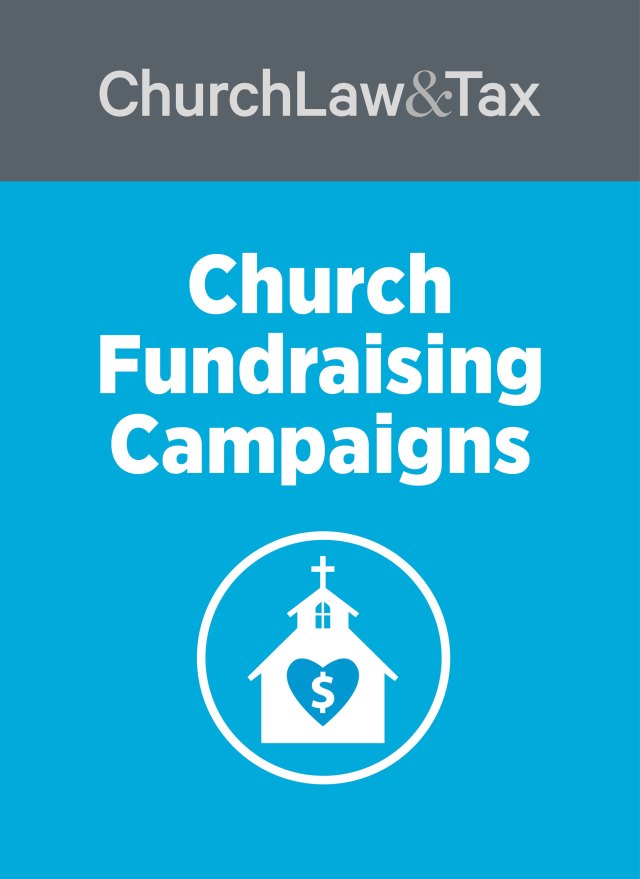Here are some of the steps our church has discovered by trial-and-error ithat have helped us slow down, then reverse, a downward giving trend.
1. Emphasize generosity, not just giving
The Bible is full of great teaching about stewardship and generosity, but we must always remember that God’s Word is not as concerned with our money as with our hearts. Which is why we need to teach more about generosity than giving.
2. Teach stewardship, not just giving
People want to be generous. Church members want to support the church ministries financially. What’s stopping them isn’t a lack of desire, but a lack of ability. They want to give, but they don’t know how to do it without taking an already paper-thin financial margin and breaking it totally.
3. Assume good intentions
We need to start with the assumption that the people who voluntarily show up at church week after week are wanting the church and its ministries to succeed. When I mention our church’s financial needs, I’ll often use a phrase like “this is not about guilting anyone into giving. I’m assuming you’re here because you want to help, so I’m letting you know about one of the ways you can help, if you’re able.”
4. Teach them how the church is funded
As I mentioned in my previous post on this subject, there’s a growing group of people who are so unaware of the realities of church life that they assume the church is financed by an outside entity, and that their donations are just a supplement to that.
5. Practice good stewardship of what is given
People are less likely to donate to a church that isn’t demonstrating good stewardship of what they give. For most churches and pastors, poor stewardship is not a matter of extravagance, but of unseen waste.
6. Hold special giving celebrations
New generations are less likely to give in a steady stream, and more likely to give in single doses. So let’s provide opportunities that match the way they are most likely to give.
Also, when church members see a facility upgrade or hear about a ministry need that was met, they’re more excited to give the next time.
7. Give quarterly updates
People want to give when their gifts can be helpful. Sharing the need before the year ends allows them to do this.
8. Break down the need into doable bites
One year, we came in at $8,000 under our expected income. That seems like a lot of money to make up all at once—and it is. So I broke it down for the congregation this way. At an average attendance of 150 people per Sunday, that $8,000 shortfall could have disappeared if every attender had given just $1 more each week ($150 x 52 = $7,800).
If our church averaged 75 people, it would have meant $2 more per Sunday, and so on. Obviously, not everyone is going to give exactly $1 every week, but when the need is broken down that way, people can see that every little extra thing they do can add up to a significant impact.
9. Do the kinds of ministries people want to fund
Keeping the lights on in the building won’t get anyone excited about giving. Unless they can see a direct connection from keeping the lights on to doing ministry that matters to them. As pastors, we see that direct connection regularly. But the average church attender doesn’t. So we need to make it obvious for them.
This article was adapted from Pivot ‘s “9 Ways To Reverse A Downward Giving Trend In An Otherwise Healthy Church.” Used with permission.





